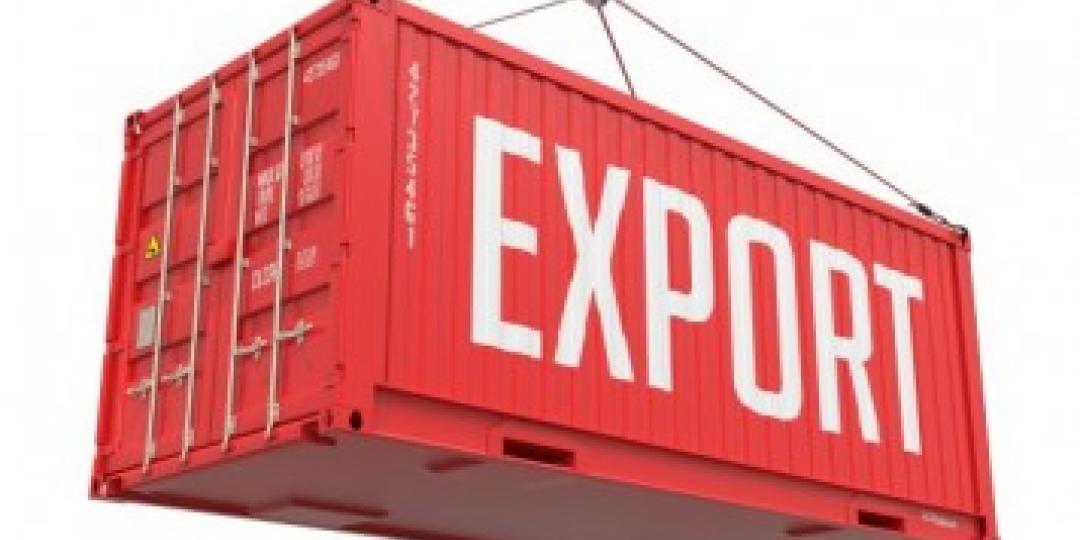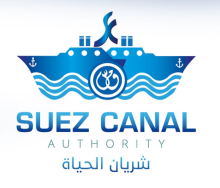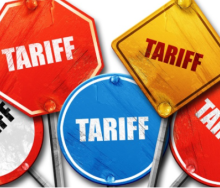Monday saw the official launch by the Department of Trade, Industry and Competition (dtic) of its Export Barriers Monitoring Mechanism (EBMM) which will provide the support needed to continuously improve the country’s export environment.
The department’s deputy director-general of export development, promotion and outward investments, Lerato Mataboge, said the fundamental aim of EBMM was to make the government’s support to exporters facing barriers more effective, flexible and accessible.
Mataboge said by creating a systematic approach to monitoring these barriers, government could develop a long-term agenda to target the most important export barriers.
She said by addressing each individual barrier, government could begin to manage each problem with the level of nuance and detail needed for these complex challenges.
Pilot project
“During an initial pilot project, 28 key export barriers were processed by the EBMM and during the initial phase of the national lockdown, the EBMM methodology was used to process 76 barriers related to Covid-19.
“From today, the EBMM is open to any firm that encounters an export barrier of any kind, whether locally or in any foreign market. We strongly encourage you to tell us whenever you encounter a challenge, no matter how big or small,” she said.
Mataboge added that in 2018 South African exporters had faced an estimated 154 571 unique customs requirements worldwide.
She said over the last ten years, 23 795 new or amended technical barriers to trade had been registered with the World Trade Organization, while over the same period 13 364 sanitary and phytosanitary barriers had been registered or amended.
Competitiveness
“While our priority must be to work progressively to smooth these barriers, the experience of the last decade of trade has demonstrated that we need to be prepared to manage this growing complexity. Increasingly, a key component of global competitiveness will be how we manage a constantly changing global trading environment. Managing this environment will only be possible through a close working partnership between the government and the private sector,” she said.
Reducing barriers
Executive Director of the South African Electrotechnical Export Council, Chiboni Evans, highlighted the importance of maximising content and projects in the African continent while also highlighting the role played by export barriers in reducing competitiveness in the region.
“Persistent logistics barriers mean that transporting goods by road takes longer from all our major cities to mines in the Southern African Development Community (SADC) region. It is then easy for these countries to import goods from Asia, Americas and Europe rather than waiting on South Africa,” said Evans.
Highlighting previous experiences of partnering with the dtic to resolve export barriers,Evans noted that a lot of the barriers to export can only be resolved by the private sector working together with government.
She added that this new mechanism will assist greatly in opening up government support to a much broader spectrum of private sector individuals.
All export barrier queries can be reported at ExportBarriers@thedtic.gov.za or through the dtic website (www.thedtic.gov.za). – SAnews.gov.za













